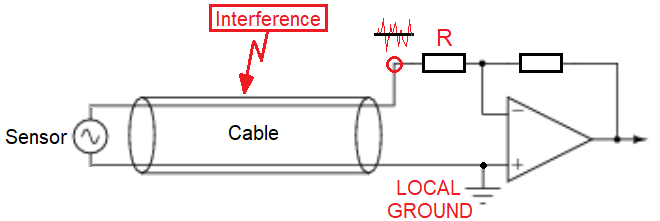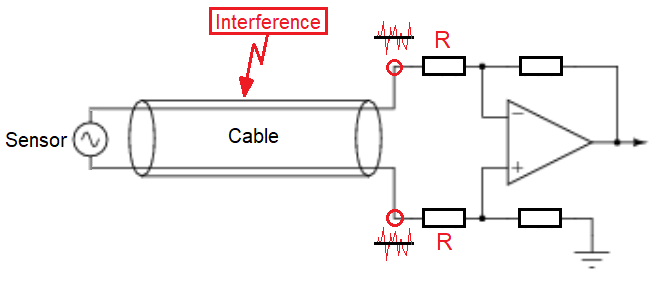Suppose we have a signal from a current transformer over a pair of transmission lines. In order to prevent the voltage between the terminations of either of the transmission lines and ground from floating, we need to ground at least one of them somewhere. If we just directly ground one transmission line and then measure voltage between ground and the ungrounded side, will there be negative implications for measurement of common mode noise on both transmission lines? Is it more desirable to, e.g. reference both lines to ground through equal resistance resistors (of course they cannot both be shorted)?
I feel that the answer is no but I'm trying to build a "precise" instrument and I've never studied how to analyze noise in transmission lines, so I'm not confident.


